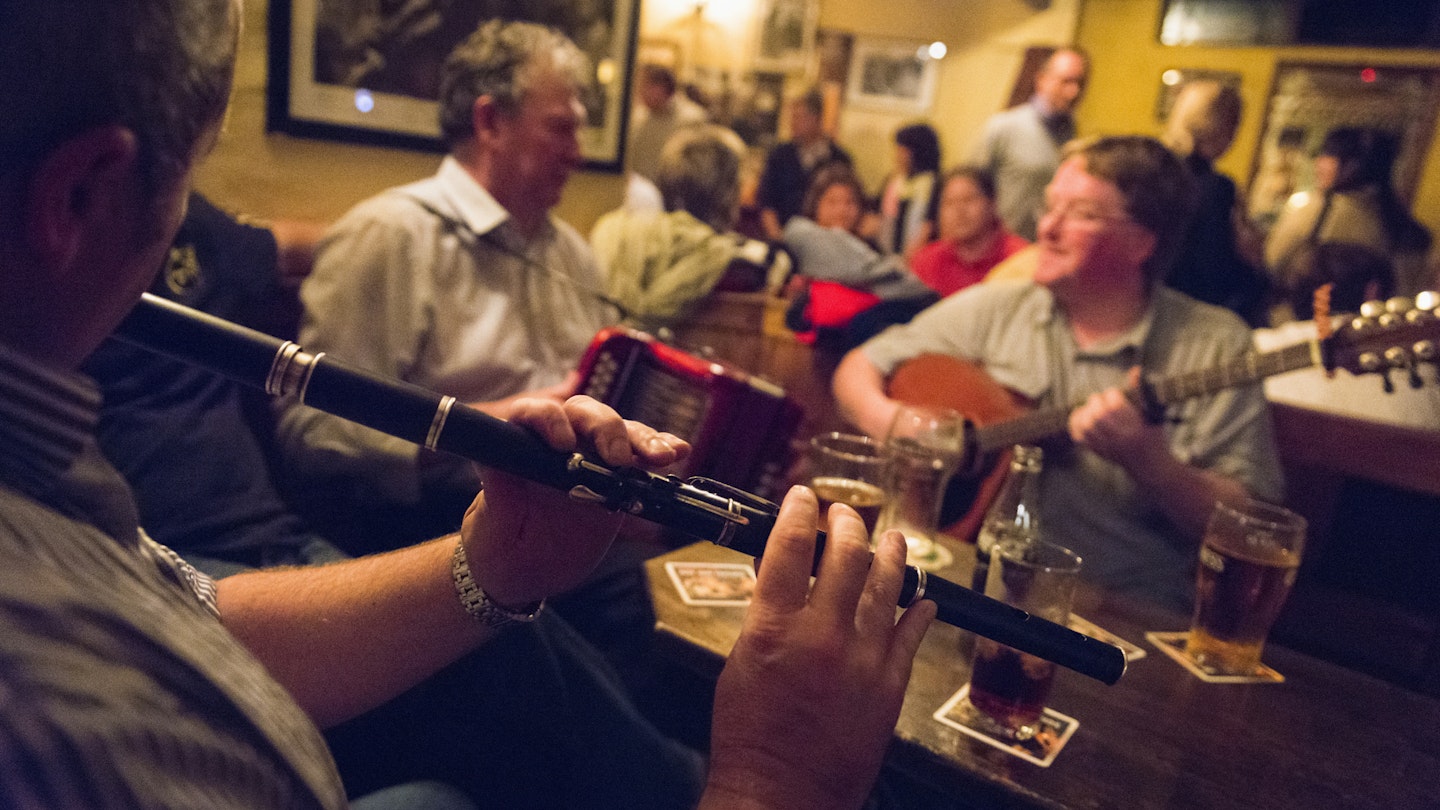Essential Travel Tips for Visiting Ireland
A lifetime of living in Ireland has provided valuable insights into this enchanting country. When visiting, remember the number one rule: never assume anything. This is a place that delights in defying expectations, whether about the weather or the quality of wifi. Below are ten essential tips for anyone planning to explore Ireland, whether it’s your first visit or your fifth.
1. Plan for at least seven days to truly explore
Although Ireland is relatively small, it boasts a wealth of experiences. The distances between locations are manageable, allowing you to reach most destinations within a few hours. However, it will take at least a couple of days to delve into Dublin, and preferably five additional days to enjoy highlights such as:
- Galway
- Connemara
- The breathtaking Cliffs of Moher in County Clare
- The scenic Ring of Kerry
- The Dingle Peninsula
- Cork City
To get a true sense of the landscape and culture, consider planning for a month; it’s likely you’ll want to stay even longer!

2. Embrace casual wear
Irish culture is generally laid-back when it comes to attire. Smart casual is sufficient for most dining and entertainment events. Given the variability of the weather, it’s wise to bring layers, including a light waterproof jacket to combat the inevitable rain. Comfortable, waterproof walking shoes are also a must for city exploration and hiking adventures.
3. Experience the warmth of the Irish greeting
The famous Irish saying, Céad míle fáilte (100,000 welcomes), holds meaning when you meet the locals. A firm handshake while making eye contact is the customary way to greet someone. As friendships develop, greetings may become more informal, including hugs or casual nods.
4. Engage in light conversation
While the Irish are known for their conversation skills, it’s best to stick to light topics with strangers. Sensitive topics such as sex, religion, and politics can be scrutinized, so it’s advisable to listen more than to share opinions. Locals often appreciate a spirited discussion, but be mindful of how you present your thoughts about their country and culture.
5. Master the rounds system in pubs
A key aspect of Irish pub etiquette is the rounds system. If someone buys you a drink, it’s your turn to reciprocate in the next round. This cultural practice deepens social bonds. Pay attention to ensure your drinking buddy doesn’t go thirsty, as timely drink exchanges are crucial to maintaining good relations.

6. Navigate cities on foot or via public transport
Driving in Irish cities can be challenging due to limited parking, high traffic, and confusing one-way streets. Instead, explore urban areas like Dublin, Cork, Belfast, Limerick, and Galway through walking or public transport. Most major attractions are conveniently located within walking distance, enhancing your experience.
7. Discover Ireland by car
While city exploration is best without a car, a vehicle is essential for delving into Ireland’s countryside. Although public transport is available, it doesn’t serve many remote attractions adequately. Car rentals can be easily arranged, and it’s important to remember that driving occurs on the left. Conditions switch from kilometers to miles when crossing into Northern Ireland.
8. Embrace cycling as a terrific option
With its picturesque landscapes, Ireland is a fantastic destination for cycling enthusiasts. However, cyclists should prepare for unpredictable weather and narrow roads. Notable greenways, such as the Great Western Greenway in County Mayo, offer stunning routes free from heavy traffic. Ensure you check bike transport policies on public transport before embarking on your journey.

9. Choose the right season to visit
The peak travel season in Ireland is from June to mid-September, characterized by optimal weather and bustling tourist sites. However, be prepared for crowded attractions and elevated prices. September offers a great compromise, with fewer tourists but still pleasant conditions. Winter presents a different charm, alongside excellent accommodation deals, though many attractions may close.
10. Navigate VAT refunds for non-EU visitors
If you’re visiting from outside the EU, you may benefit from VAT refunds on certain purchases. Generally, goods include a 23% VAT that is refundable through the Retail Export Scheme. Ensure to verify if a retailer participates in this scheme when shopping. Keep your receipts for customs validation upon leaving the country for reimbursement.





